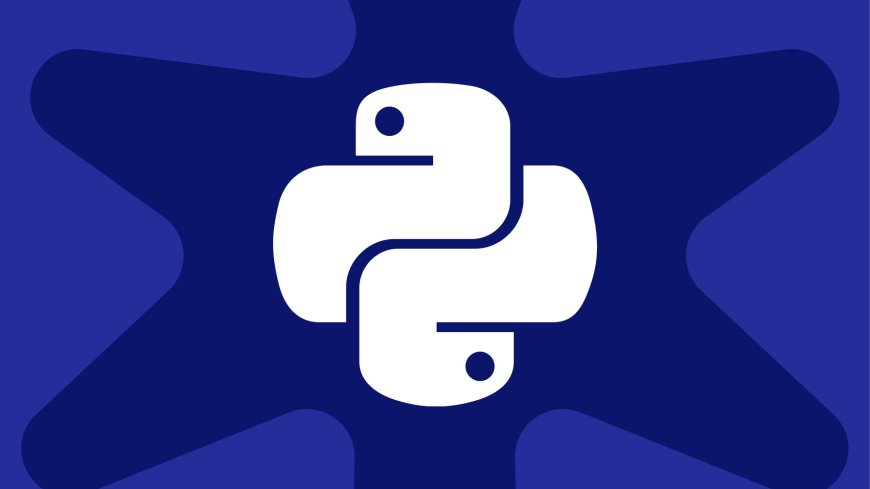Introduction to Python
Python is a high-level, interpreted programming language known for its simplicity and readability. It was created by Guido van Rossum and released in 1991

What is Python?
Python is a high-level, interpreted programming language known for its simplicity and readability. It was created by Guido van Rossum and released in 1991. Python is widely used for web development, data science, artificial intelligence, machine learning, automation, and more.
Why Python is Popular?
Python's popularity has grown exponentially due to its ease of use and vast ecosystem of libraries and frameworks. It is often the first choice for beginners and professionals alike.
Key Features of Python
1. Easy to Learn and Use: Python has a simple syntax that closely resembles English, making it easy to read and write.
2. Interpreted Language: Unlike compiled languages such as C and Java, Python does not require compilation, making debugging easier.
3. High-Level Language: Python allows developers to write complex programs without worrying about low-level memory management.
4. Cross-Platform Compatibility: Python programs can run on different operating systems, including Windows, macOS, and Linux.
5. Extensive Libraries and Frameworks: Python provides a vast collection of libraries such as NumPy, Pandas, TensorFlow, Flask, and Django for various applications.
Advantages of Python Over Conventional Programming Languages
1. Readability and Simplicity
Python’s syntax is clean and concise, making it easier to understand compared to languages like C++ and Java. This improves productivity and reduces development time.
2. Less Code, More Efficiency
Python requires fewer lines of code to perform the same task that would take significantly more code in languages like Java or C.
3. Strong Community Support
Python has a large and active community, providing extensive documentation, tutorials, and forums for learning and troubleshooting.
4. Versatility and Flexibility
Python can be used for a wide range of applications, including web development, data science, artificial intelligence, cybersecurity, and automation.
5. Integration Capabilities
Python can seamlessly integrate with other languages such as C, C++, and Java, making it a preferred choice for software development.
6. Cost-Effective
Python is an open-source language, meaning it is free to use. This makes it an economical choice for startups and enterprises alike.
Conclusion
Python is a powerful and versatile programming language that offers significant advantages over conventional programming languages. Its ease of use, extensive libraries, and strong community support make it an ideal choice for developers at all levels.

 HSingh
HSingh